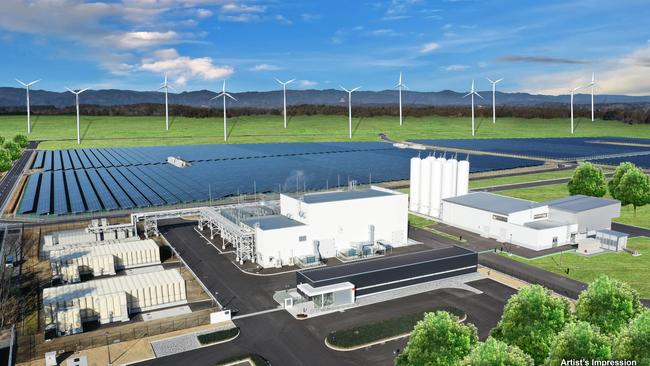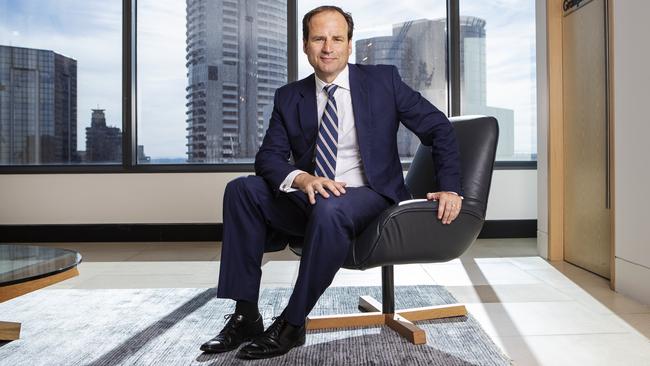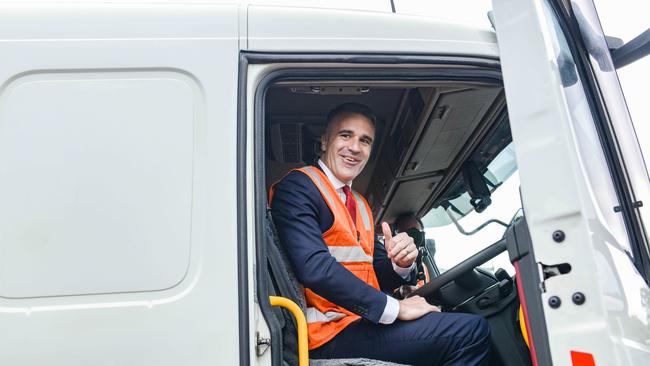South Australian Productivity Commission renewable energy report finds SA consumers paying national grid’s highest electricity prices.
A top-level state report reveals why SA consumers are paying the nation’s highest electricity prices and warns of risks to Labor’s centrepiece $593m hydrogen power plant.
SA News
Don't miss out on the headlines from SA News. Followed categories will be added to My News.
South Australians are paying the highest electricity prices in the national grid, says a top-level report warning bill relief might not come even with a clean energy supply surge headlined by a risky $593m hydrogen power plant.
A 136-page South Australian Productivity Commission inquiry into renewable energy says this has spurred a steady decline in wholesale prices since mid-2019 but this has “not flowed through to SA retail consumers, who continue to face the highest electricity prices” across the National Electricity Market (NEM).
At least a doubling of wind and solar energy within a decade will be needed to meet state greenhouse gas reduction targets, the report finds, but this is unlikely to lead to reduced electricity prices because of this gap between wholesale and retail charges.
The report blames the price gap on two limitations in the SA electricity system: a “market concentration in on-demand electricity”, or baseload generation, and a sometimes very low daytime demand for solar generation on sunny spring and summer days.

A centrepiece of the Malinauskas government’s economic plan, the hydrogen power plant proposed for Whyalla, is labelled an opportunity to generate jobs and exports but the report warns minimising risks, including construction costs, and ensuring electricity prices are lowered “will be critical to ensure it is a worthwhile investment”.
“If a decision was made to pursue the opportunities in green hydrogen, it is likely that they would only be secured if the state gets everything right – a world-class plan, world-class people (management and delivery), with the right delegated authority to deliver the right projects,” the report says.
“And the state would also need some luck; that enough international demand for green hydrogen trade emerges.”
The report finds current national grid regulations and pricing mechanisms are “not fit for purpose”, because they are “delivering neither lowest cost for consumers nor inducing sufficient investment in storage to support the renewable energy transition”.
Unless market factors pushing up wholesale prices can be addressed, SA power prices are “likely to remain higher than interstate”.

In a letter to Premier Peter Malinauskas, Productivity Commission chairman Adrian Tembel endorses the state’s renewable energy focus “as a potential source of economic growth”.
“However, realising that economic dividend will be challenging. Global and national competition for direct and indirect renewable energy investment is fierce and will only become more fierce,” he says.
“We can do it but we need to be world-class in all respects. We will need to skilfully build on our strengths but also fix our weaknesses.
“On top of that, we will probably also need a little luck.”
The report also finds SA’s poor budgetary position and economic growth performance constrains state government support for developing green hydrogen, in the face of other states offering “substantial financial support to developers”.

Mr Malinauskas in March nominated Whyalla as the site for Labor’s $593m hydrogen power plan, arguing the government-owned and operated plant would drive new jobs and industry for the state by harnessing wind and solar energy to produce hydrogen and generate clean electricity.
Mr Malinauskas has billed the hydrogen jobs plan as a centrepiece of his economic strategy. The plan has three elements: a 200MW power station, hydrogen electrolysers with 250MWe capacity, and a hydrogen storage facility holding two month’s supply, or 3600 tonnes.





